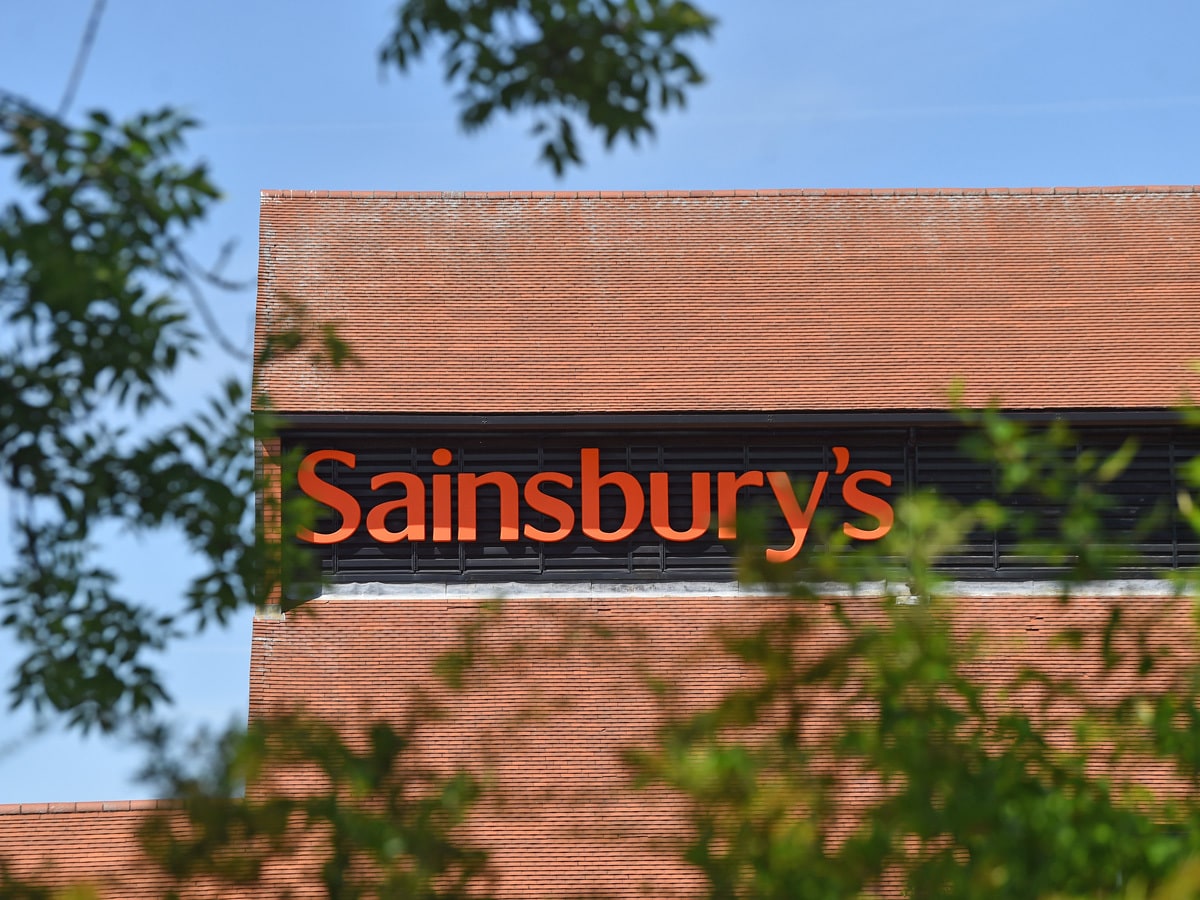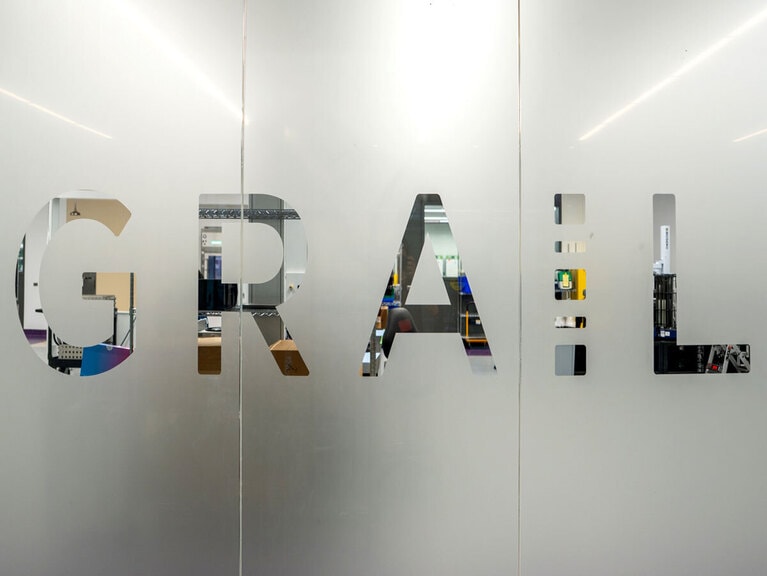Despite a steady decline from the highs seen in 2021, the Sainsbury’s [SBRY.L] share price seemingly hasn’t dropped enough for investors. The stock is still well off its 52-week high and has continued a downward trend this year.
Of course, last year’s levels were partly driven by M&A speculation, but the downturn in the Sainsbury’s share price has been notable and some may be wondering if it’s time to pick up a bargain or leave the stock on the shelf.
If 2021 delivered substantial profits for Sainsbury’s, 2022 is all about maintaining its position in a challenging retail environment. The rising cost of living has hurt investor sentiment and the grocer has warned that this year’s profits could be hit by economic headwinds. Fierce competition could also sap market share.
These are all things investors need to keep tabs on when Sainsbury’s earnings drop later this week.
What’s happening with Sainsbury’s share price?
Inflationary pressures and rising costs have hurt Sainsbury’s share price of late. Since 16 May, Sainsbury’s stock has slipped 15.2% to close Friday 1 July at 207.4p, while year-to-date it’s down 24.8%, well below the wider FTSE 100’s 2.92% decline. The stock is now trading close to its 52-week low of 200.8p.
What to look out for in Sainsbury’s earnings update
What happens in Sainsbury’s first quarter earnings update will provide an indication of what this year holds for the supermarket chain as shoppers start to feel the pinch of inflation.
In preliminary results for 2021/22, covering the 52 weeks ending 5 March, Sainsbury’s made a £730m underlying profit before tax, up 104% year-over-year. However, full-year sales, excluding fuel, were down 2.6% to £28.1bn. Digital sales were down 11% year-over-year at £10.8bn, although up 80% on a two-year basis. Shareholders were rewarded with a full year dividend of 13.1p a share, up 24% year-over-year.
During the results, Sainsbury’s warned that “the year ahead would be impacted by significant external pressures and uncertainties” and was targeting an underlying profit before tax of between £630m and £690m for full year 2022/23. An update on whether Sainsbury’s is on track to meet this figure will likely move the stock post-earnings.
The grocer also announced eight new KPIs to measure performance. Financial KPIs included underlying profit before tax, retail free cash flow and retail operating costs to sales. These are all must watch metrics in Sainsbury’s earnings update. Higher energy prices and a 10% pay increase for employees will also likely figure in the numbers.
Big payouts, bad press
At the same time rising inflation has been sending food prices up, Sainsbury’s has rewarded its shareholders with a dividend pot worth around £300m.
While businesses should reward shareholders, Sainsbury’s decision to increase its payout by 24% compared with last year has raised some eyebrows. A cool £75m of the payout — around one-quarter of the pot — will go to its two biggest shareholders. The Qatar Investment Authority, which holds a 15% stake in the supermarket, and billionaire Daniel Kretinsky.
A hefty bonus for chief executive Simon Roberts has also not gone unnoticed. Having waived his bonus last year, Roberts could take home a total package worth £3.8m.
Where next for Sainsbury’s?
With Covid-19 costs falling away, Sainsbury’s finances are in better shape than they have been in a long while. And while profits are expected to fall this year, they are still on track to beat pre-pandemic levels.
Still, Sainsbury’s faces stiff competition from discount rivals like Aldi and Lidl, which have been chipping away at its market share for some time. Competition at the higher end comes from Waitrose, M&S and Ocado, with the latter two working together in a grocery delivery joint venture.
For income seekers, Sainsburys has a healthy 3.2% forward dividend yield. Among the 13 analysts polled by the Financial Times, Sainsbury’s has a median 12-month price target of 231p, suggesting a 11.4% upside on Friday’s closing price.
Disclaimer Past performance is not a reliable indicator of future results.
CMC Markets is an execution-only service provider. The material (whether or not it states any opinions) is for general information purposes only, and does not take into account your personal circumstances or objectives. Nothing in this material is (or should be considered to be) financial, investment or other advice on which reliance should be placed. No opinion given in the material constitutes a recommendation by CMC Markets or the author that any particular investment, security, transaction or investment strategy is suitable for any specific person.
The material has not been prepared in accordance with legal requirements designed to promote the independence of investment research. Although we are not specifically prevented from dealing before providing this material, we do not seek to take advantage of the material prior to its dissemination.
CMC Markets does not endorse or offer opinion on the trading strategies used by the author. Their trading strategies do not guarantee any return and CMC Markets shall not be held responsible for any loss that you may incur, either directly or indirectly, arising from any investment based on any information contained herein.
*Tax treatment depends on individual circumstances and can change or may differ in a jurisdiction other than the UK.
Continue reading for FREE
- Includes free newsletter updates, unsubscribe anytime. Privacy policy





